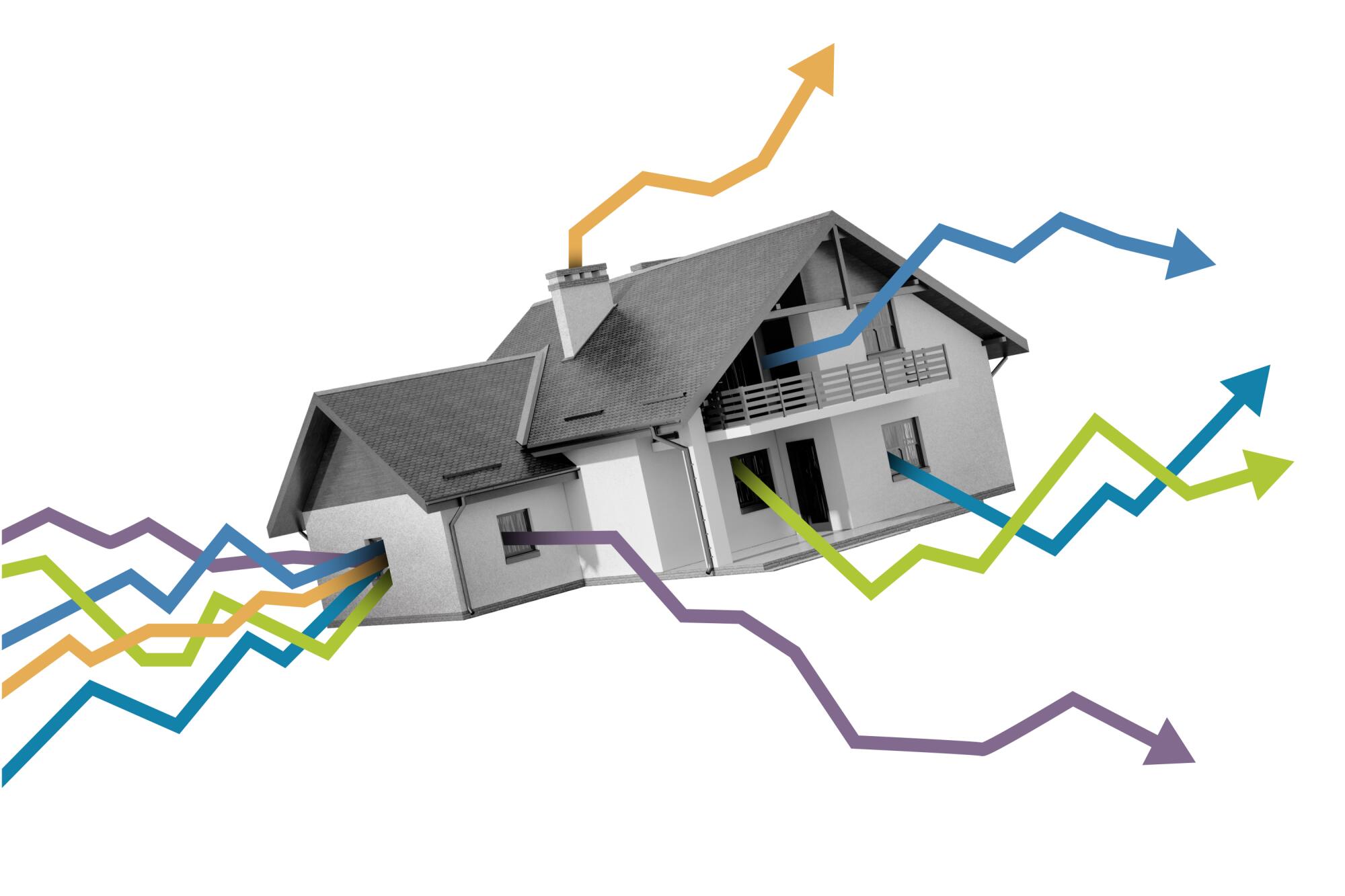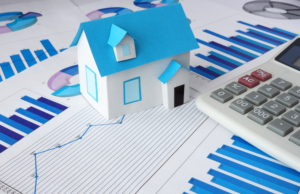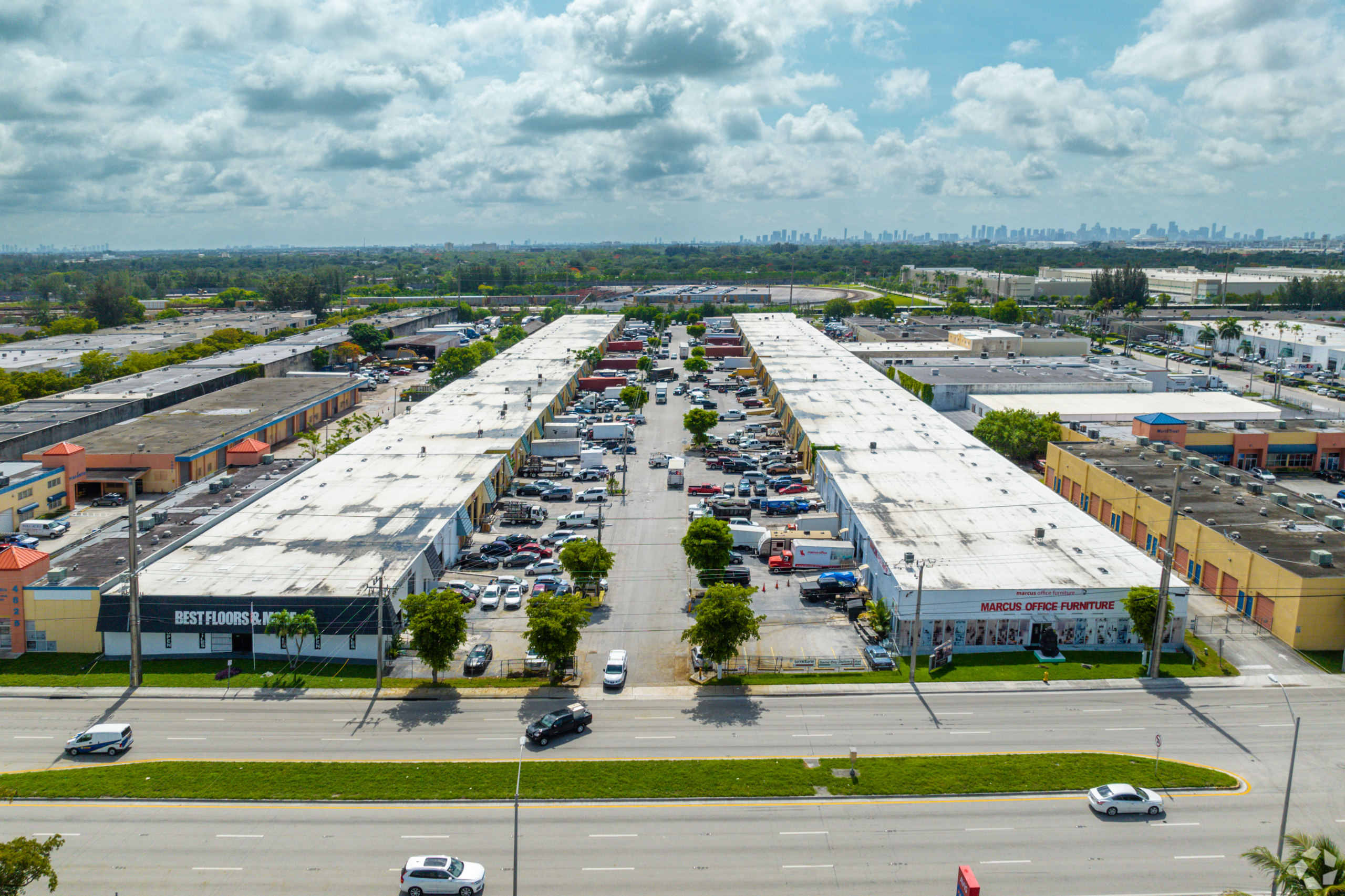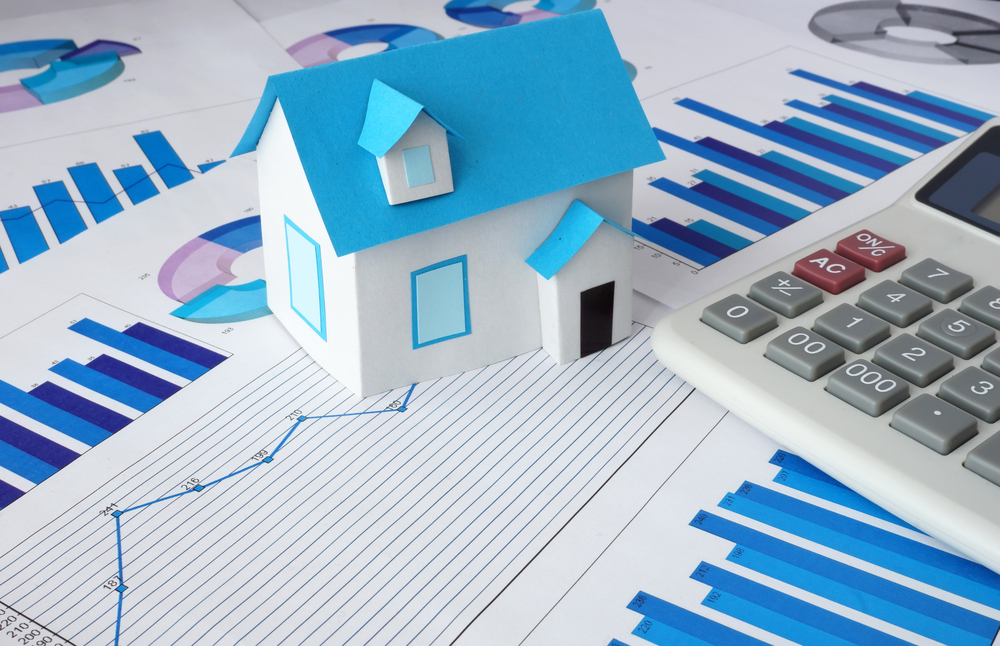Housing Market Cooldown: U.S. Home Prices Show Minimal Growth in Q1 2025
Housing Market Shows Clear Signs of Cooling After Years of Explosive Growth
The U.S. housing market is showing undeniable signs of deceleration as home price growth in March 2025 slowed to its lowest level in over two years. According to the latest Redfin Home Price Index (RHPI), home prices inched up just 0.2% from February to March on a seasonally adjusted basis—the most modest monthly gain since December 2022.
Year-over-year data reveals an even more telling story about the market's trajectory. Annual home price growth dropped to 4.6% in March, falling below the 5% threshold for the first time since August 2023 and marking the eleventh consecutive month of decelerating annual growth. This represents a significant cooling compared to the double-digit appreciation rates witnessed throughout much of 2021 and 2022.
"We're witnessing a fundamental shift in market dynamics," explains Dr. Caroline Martinez, Chief Housing Economist at Capital Research Institute. "The era of frenzied bidding wars and astronomical price growth appears to be giving way to a more balanced environment where buyers are regaining some negotiating power."
Regional Disparities Reveal Market Fragmentation
The national housing slowdown isn't affecting all markets equally. The RHPI data reveals growing fragmentation across regional markets, with 20 of the 50 most populous U.S. metropolitan areas actually recording price declines in March.
Columbus, Ohio led the downturn with prices dropping 0.7% month-over-month, followed closely by Denver (-0.6%) and San Jose, California (-0.6%). These declines stand in stark contrast to metros experiencing continued appreciation, such as San Francisco (2.7%), Nassau County, New York (2.6%), and Milwaukee (1.7%).
This divergence highlights the increasingly localized nature of real estate markets, with factors like regional economic stability, migration patterns, and housing inventory playing crucial roles in determining price trajectories.
"The Midwest is showing particularly interesting patterns," notes Redfin Senior Economist Sheharyar Bokhari. "While Columbus is experiencing price corrections, nearby Milwaukee continues to see robust growth—demonstrating how even within the same region, local market factors can produce dramatically different outcomes."
Economic Uncertainty Dampening Buyer Demand
Multiple economic factors appear to be contributing to the housing market's cooling trend. New tariffs, ongoing inflation concerns, and fears of a broader economic slowdown are causing many potential homebuyers to hesitate.
This economic uncertainty, combined with persistently high housing costs and mortgage rates that remain elevated by historical standards, has created a perfect storm for reduced buyer demand. Meanwhile, housing inventory continues to expand in many markets, further tilting the supply-demand balance away from sellers.
"Homes are taking longer to sell and prices are falling in some areas because fear of a broader economic slowdown is pushing many would-be buyers to the sidelines," Bokhari explained. "With housing costs at near-record highs, that's a silver lining for a buyer who has to move right now, as there will be more room for negotiation."
The RHPI's methodology—which tracks repeat sales of the same properties over time—provides a particularly reliable indicator of true market conditions. Unlike median sale price data, which can be skewed by changes in the mix of homes selling, the RHPI offers insight into genuine price appreciation or depreciation.
Historical Context Suggests Market Normalization, Not Crash
Despite the slowdown, it's worth noting that the housing market has shown remarkable resilience over the past two years. According to the RHPI data, prices have grown relatively steadily since mid-2022, with most months seeing gains between 0.4% and 0.6%.
The current deceleration to 0.2% monthly growth represents a moderation rather than a collapse. The RHPI has only recorded actual month-over-month price declines on two occasions since 2022, both during periods of dramatic mortgage rate increases.
"What we're seeing isn't a crash but rather a normalization," explains real estate analyst Miguel Thompson. "After years of unsustainable price growth that far outpaced income increases, the market needed this cooling phase to restore some semblance of affordability and balance."
Strategic Implications for Buyers and Sellers
The evolving market conditions create both challenges and opportunities for various real estate stakeholders. First-time homebuyers who have been priced out of the market for years may find improved conditions with reduced competition and greater negotiating leverage.
For sellers, the changing environment necessitates more realistic pricing strategies and potentially greater investment in property preparation to attract increasingly selective buyers. Investors, meanwhile, may need to adjust return expectations and focus more on cash flow rather than appreciation potential.
"The days of listing a home on Friday and receiving multiple above-asking offers by Monday are largely behind us in most markets," notes Jennifer Patel, a real estate broker with 15 years of experience. "Successful sellers today need to price strategically from the outset rather than expecting the market to bid prices up."
Market Insights: Expert Perspectives on Today's Housing Landscape
Is the housing market finally becoming more affordable?
While price growth is slowing, true affordability improvements remain limited in most markets. The combination of high home prices, elevated mortgage rates, and modest wage growth means housing costs continue to strain many household budgets. However, the slowing appreciation and increased inventory are creating slightly better conditions for buyers compared to the extreme seller's market of recent years.
Should potential sellers rush to list their homes before prices fall further?
Timing the market perfectly is notoriously difficult. Rather than rushing to sell based on monthly fluctuations, homeowners should consider their personal circumstances, including how long they plan to remain in their current location and their financial goals. That said, sellers who have been considering a move may want to note that current conditions could potentially deteriorate further if economic concerns intensify.
Are we heading for a housing market crash similar to 2008?
Today's housing market differs fundamentally from the pre-2008 environment. Current homeowners have substantial equity, lending standards remain relatively strict, and we don't have the same oversupply issues that characterized the housing bubble. The current slowdown appears more like a necessary correction after years of unsustainable growth rather than a systemic collapse.
Which housing markets are most vulnerable to price declines?
Areas that experienced the most dramatic price increases during the pandemic boom—particularly in the Mountain West and certain Sunbelt metros—may be most susceptible to corrections. Additionally, regions facing economic challenges, population outflows, or rapidly increasing housing inventory could see more significant price adjustments in the coming months.
How might potential interest rate changes affect the housing market through 2025?
If economic concerns prompt the Federal Reserve to begin reducing interest rates more aggressively, mortgage rates could follow suit, potentially reinvigorating buyer demand. However, if inflation concerns persist and rates remain elevated, the current cooling trend could accelerate, potentially leading to more widespread price declines across major markets.












